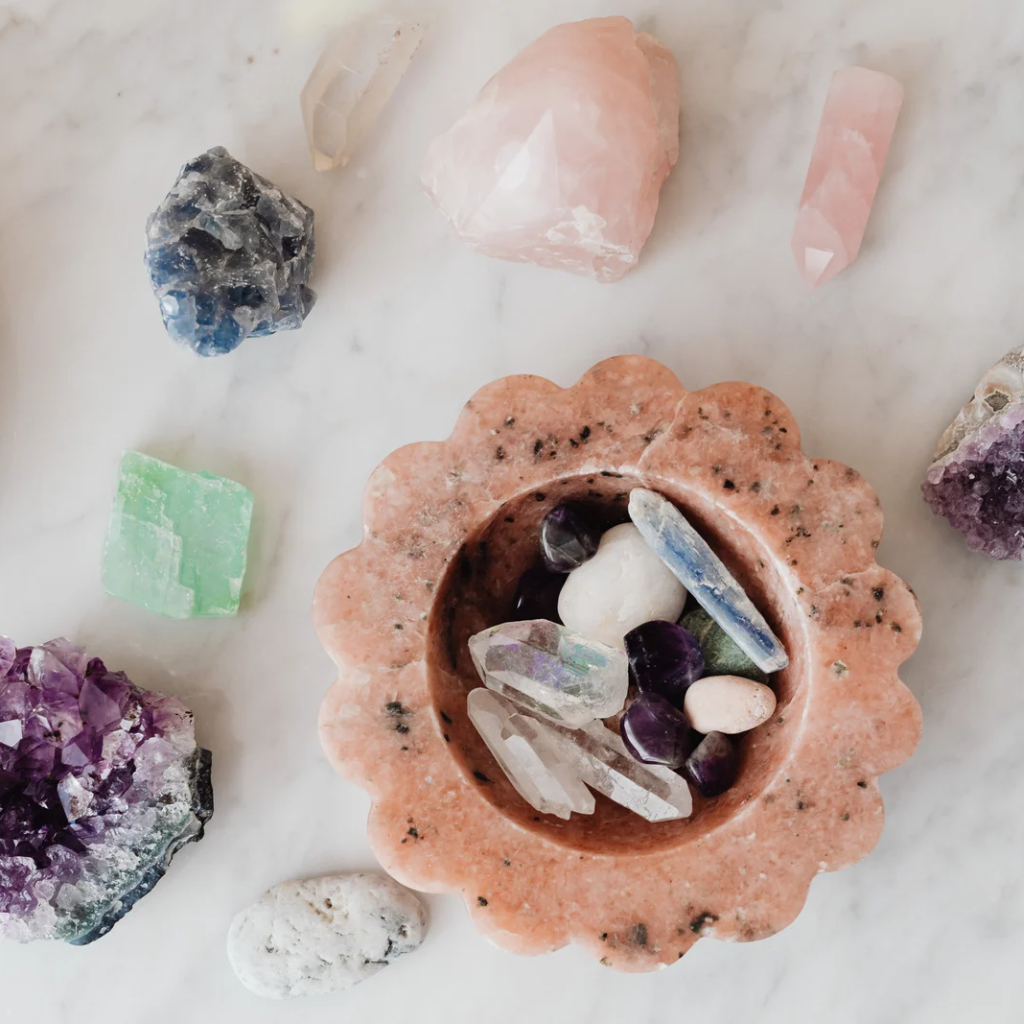What Is The Difference Between Yoga Nidra and Meditation?
Yoga and Meditation has grown hugely over the years as a great tool to aid relaxation, sleep and a number of health benefits. Research has revealed that the number of online searches for yoga and meditation apps has grown exponentially – by 65% year-on-year to be exact.
In 2019 alone, 52 million users downloaded a top 10 meditation app. But how does Yoga Nidra compare? Or are they one of the same things?
What Is Yoga Nidra?
The meditation practice of Yoga Nidra is known as conscious sleep. When practising Yoga Nidra you’re not sleeping, nor are you awake, instead you use your awareness to guide your body through the five koshas. By working through the koshas both consciously and subconsciously, Yoga Nidra helps make the mind quiet and relaxed yet entirely receptive. It is claimed that one hour of Yoga Nidra is as restful as a few hours’ sleep.
The kosha layers, sometimes called sheaths, include the physical, energetic, mental/emotional, higher intelligence, and bliss bodies. With this, you lay the foundations for better sleep, reduced anxiety, lower stress, improved clarity and focus, and ultimately enhanced self-awareness.
Yoga Nidra relaxes and rejuvenates the body too, and has been proven to have a direct impact on physical health. It soothes the nervous system, lowers high cholesterol, controls blood pressure levels, strengthens the immune system, and provides vital pain relief.
How Yoga Nidra is practised differs from meditation. Traditionally you meditate in a seated position, whilst Yoga Nidra is always practised laying down. Yoga Nidra is also delivered in the opposite way to meditation. Meditation is usually self-guided, with less direction, more silence, and much emphasis on the individual to manoeuvre themselves through and re-anchor when they lose focus. Yoga Nidra is entirely guided, which is particularly beneficial if you’ve never done meditation, have anxiety, a busy mind, or want to embrace an entirely new technique.
By working through each kosha, you can descend deeper, and this depth simply cannot be achieved in meditation’s waking state. Yoga Nidra fosters a quiet mind, quiet body, and a blissful spirit.
How To Practice Yoga Nidra
Here’s how you do Yoga Nidra step-by-step.
- First off, find a guided Yoga Nidra session that you like. The recording should be clear and soothing to the ear.
- Prepare your space. You should be lying down for yoga Nidra. So, prepare a mattress or a mat, a blanket, or anything you feel comfortable lying on. To make your space cozier, you can light a candle, dim the lights, use an oil diffuser, etc.
- Wear comfortable clothes. You should be feeling fully comfortable to be able to practice yogic sleep.
- Lie down and stretch out your arms by your sides. You shouldn’t be moving your body when doing Yoga Nidra. So, get as comfortable as possible.
- Close your eyes but don’t squeeze them shut.
- Take a few deep breaths and try to relax.
- Listen closely to the instructions of the guided session you are doing. The recording will tell you to rotate your consciousness and focus on different body parts.
- When doing Yoga Nidra remind yourself to remain awake. Become aware of your entire body.
- When it is time to return to ordinary consciousness, start moving your fingers, take deep breaths, and open your eyes.
- When you are ready, return to a sitting position instead of standing right up. Stretch or do some yoga poses until you are fully awake and out of yogic sleep.

What Is Meditation?
Meditation, unlike Yoga Nidra, doesn’t have a clear-cut definition. It is a practice that involves focusing the mind on a specific object, sound, activity, or thought. This practice is about training awareness of the present moment, clearing the mind, and slowing down your thoughts. Meditation is a part of different religious traditions. There are also many different types of meditation, including mindfulness meditation, visualisation meditation, chanting meditation, etc.
7 Easy Steps to Start Meditating:
Learning how to meditate takes practice and a little time. If you are a beginner, you surely need guidance and a place to start. Here are seven easy steps to start meditating.
- Find a quiet spot and take a seat. Any place where you feel calm and comfortable will work. Sit, paying attention to your position. It should be stable and comfortable for you to stay in it for a while.
- Set a timer. If you are a beginner, it is best to start with 5 to 10-minute meditation sessions.
- Close your eyes or lower your eyelids. As it is easier for beginners to get distracted, closing your eyes is helping you to focus on the process of meditating.
- Focus on your breath. Pay attention to its natural rhythm and how you inhale and exhale.
- Pay attention to your thoughts. It is okay for your mind to wander if you are new to meditating. Simply keep track of it and bring your focus back on your breath.
- Keep meditating for as long as you have set a time limit. Count your breaths, and bring back your focus as many times as needed.
- Open your eyes when your session is over and stretch. Take a moment to notice how you feel after meditating. Express gratitude to yourself for creating time in your busy schedule for your practice, and look forward to your next session.
The emotional and physical benefits of meditation can include:
- Gaining a new perspective on stressful situations
- Building skills to manage your stress
- Increasing self-awareness
- Focusing on the present
- Reducing negative emotions
- Increasing imagination and creativity
- Increasing patience and tolerance
- Lowering resting heart rate
- Lowering resting blood pressure
- Improving sleep quality
Do you prefer to practice Yoga Nidra or Meditation? Let us know in the comments below!



Leave a comment